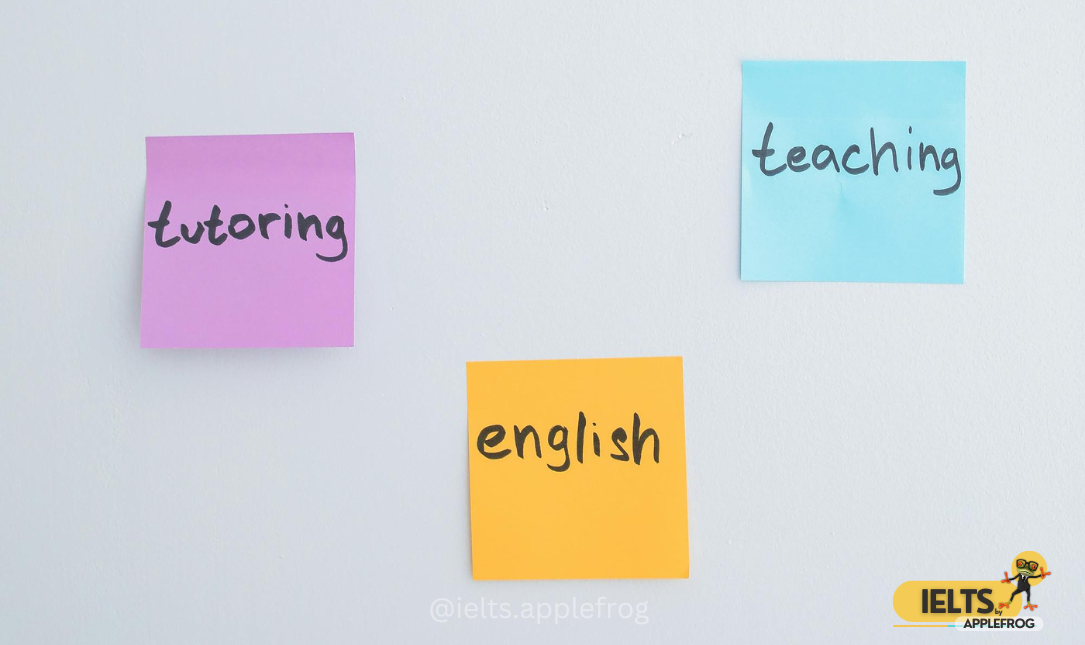
Present Continuous Tense
The present continuous tense, also known as the present progressive tense, is used to describe ongoing actions or events happening at the moment of speaking. It emphasizes that the action is currently in progress and not yet completed.
Formation of the Present Continuous Tense
The present continuous tense is formed by combining the present tense of the verb “to be” (am, is, are) with the present participle (-ing form) of the main verb.
Example: “She is reading a book.”
Uses of the Present Continuous Tense
- Actions Happening Now: Describes what is occurring at this very moment.
Example: “They are playing soccer.” - Temporary Situations: Refers to actions or situations in progress for a limited time.
Example: “I am currently working on a project.” - Future Arrangements: Expresses planned events or arrangements.
Example: “We are meeting for dinner tonight.” - Expressing Annoyance: Indicates irritation, often with adverbs like “always” or “constantly.”
Example: “He is always interrupting me!”
Examples of the Present Continuous Tense
- “I am studying for my exams.”
- “They are cooking dinner in the kitchen.”
- “She is talking on the phone right now.”
- “We are watching a movie at the theater.”
- “The baby is sleeping peacefully.”
Adverbs and Time Expressions
- Adverbs: Words like “now,” “currently,” or “at the moment” emphasize the ongoing nature of the action.
Example: “I am currently working on a project.” - Time Expressions: Phrases like “tomorrow” or “tonight” indicate future arrangements.
Example: “They are leaving tomorrow.”
Negative and Interrogative Forms
- Negative Form: Add “not” after the auxiliary verb “be.”
Example: “She is not studying right now.” - Interrogative Form: Invert the subject and the auxiliary verb “be.”
Example: “Are you listening to me?”
The present continuous tense brings life to actions happening right now or in the near future.
Additional Points
- Describe Actions Happening Now: Perfect for conveying what is happening at the moment.
- Express Temporary Activities: Useful for highlighting short-term situations or events.
- Plan for the Future: A handy tool for discussing future arrangements or intentions.
The present continuous tense is essential for describing real-time actions, temporary situations, and even future plans. By mastering this tense, you can bring clarity and immediacy to your communication in English.
RELATED POST












0 Comments